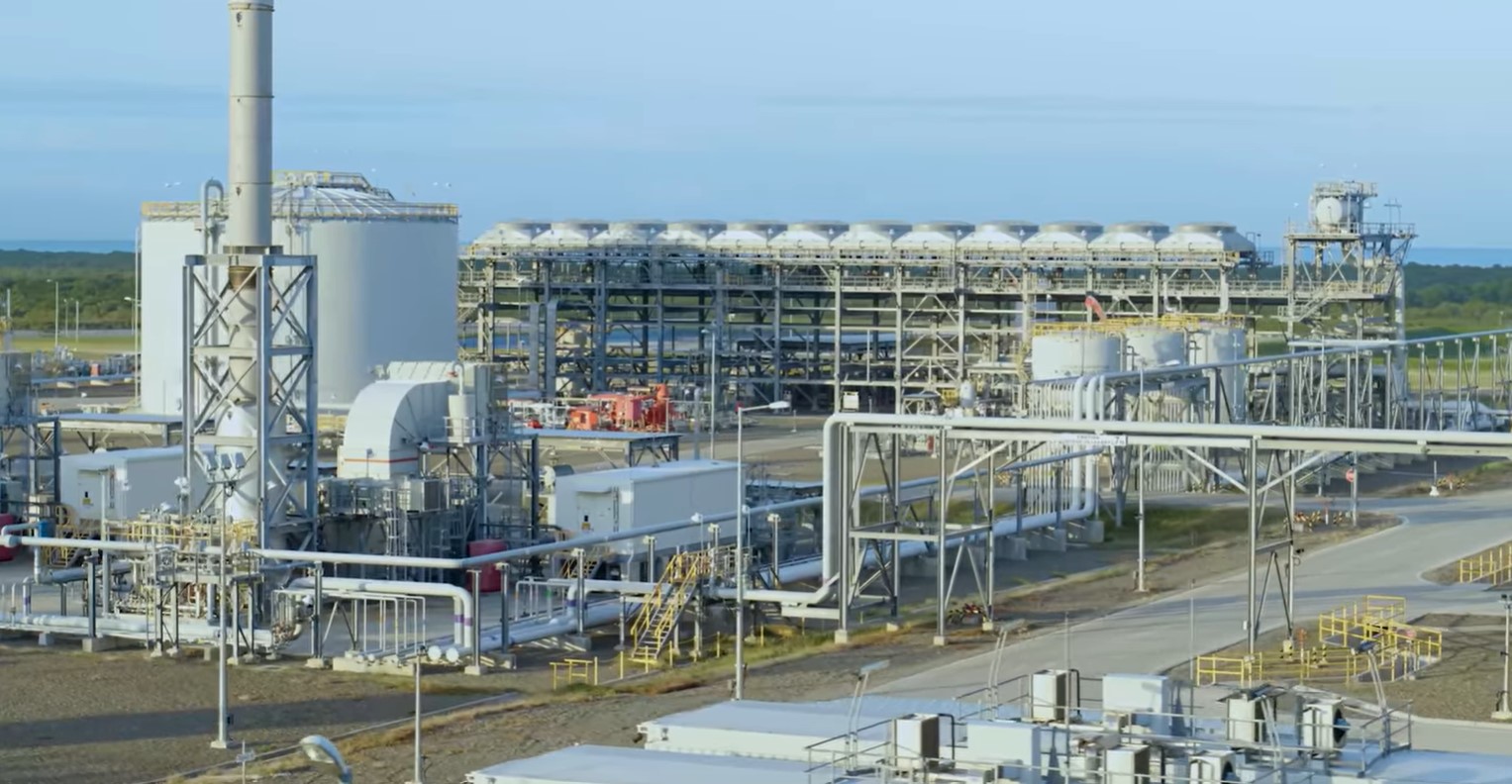This story requires a subscription
This includes a single user license.
Santos announced the completion of the project worth about $1.2 billion in a statement on Tuesday.
Angore has performed “strongly” since the project was brought online.
Santos said completion of the Angore development unlocks a one trillion cubic feet natural gas resource to supply PNG LNG for years to come.
In October 2021, Santos said that the PNG LNG partners took a final investment decision on the Angore development project.
This development represents the next tranche of gas backfill to maintain plateau production at the 6.9 mtpa LNG export plant in Caution Bay.
ExxonMobil holds a 33.2 percent operating interest in PNG LNG, while Santos has a 39.9 percent stake following the recent completion of a 2.6 percent stake sale to Papua New Guinea’s national oil and gas company Kumul, which now owns a 19.4 percent stake.
Other partners in PNG LNG include Mineral Resources Development Company and JX Nippon.
“Great position” for PNG LNG
Santos managing director and CEO Kevin Gallagher said production success at Angore demonstrates the prolific nature of PNG’s gas resources in Hela.
The startup of Angore is one of a number of PNG highlights in 2024 for Santos and its joint venture partners, Gallagher said.
“The supply of associated gas from Kutubu through optimization of the central processing facility is also exceeding expectations with 16 billion cubic feet of gas accelerated so far this year,” he said.
“Associated gas from Agogo and Moran could deliver at least another 125 mmscf per day and we are working to make this development final investment decision-ready by 2026,” Gallagher said.
“In addition, we are currently drilling the Hides Footwall well, an exploration well that, if successful, could deliver up to another 160 mmscf per day,” he said.

Gallagher said fields such as P’nyang, Muruk and Juha also “remain in the queue” to sustain PNG LNG production over the long term.
“This is a great position for Santos and PNG LNG to be in – we are spoilt for choice with no shortage of healthy upstream development options to keep our LNG infrastructure full,” he said.
At the same time, front-end engineering for Papua LNG is ongoing, again with a prolific gas resource base in PNG’s Eastern Highlands province that is relatively close to LNG production and export infrastructure, Gallagher said.
“The nearby Gulf province is also highly prospective with exciting prospects such as Wildebeest still to be drilled,” he said.
“Santos and our joint venture partners have a world-class gas resource and LNG infrastructure position in PNG, which is well placed to continue to reliably supply our customers in Asia out to 2040 and beyond,” Gallagher said.
More than 83 million tonnes of LNG
Production at PNG LNG began in April 2014.
Since then, the project has supplied more than 83 million tonnes of LNG to Asian customers, including Santos’ long-term offtakers – CPC, Jera, Osaka Gas, and Sinopec, Santos said.
With an investment value of more than $19 billion, the project celebrated its tenth year of production in 2024 and has routinely exceeded its nameplate capacity of 6.9 million tonnes per annum by 30 percent, according to the firm.
During the third quarter, the PNG LNG project shipped 25 cargoes of LNG, down by 3 LNG cargoes compared to the same quarter last year and down by two cargoes compared to the previous quarter.
PNG LNG produced about 1.93 million tonnes in the third quarter. This compares to 2.11 million tonnes in the third quarter last year and 2 million tonnes in the prior quarter.

